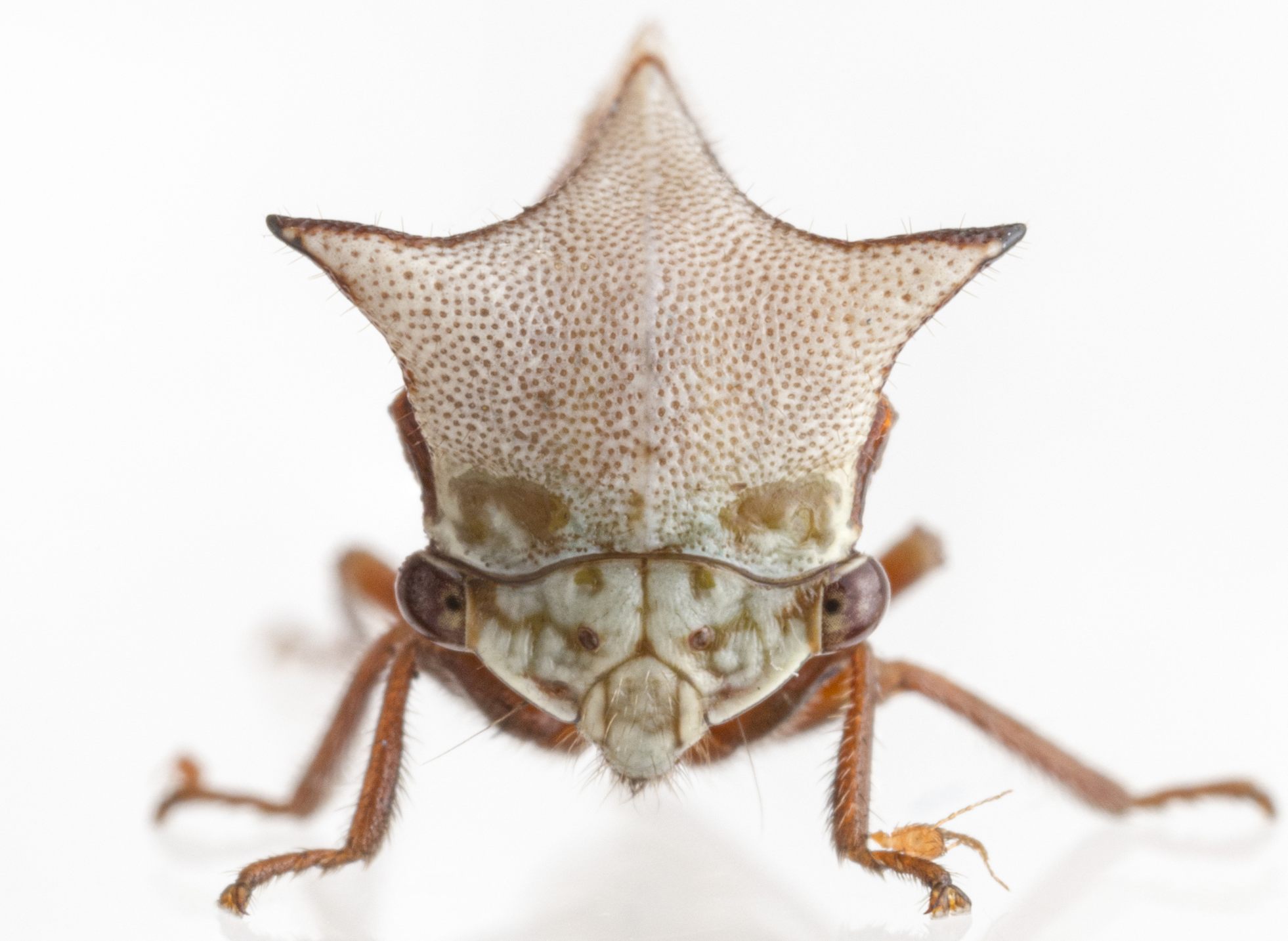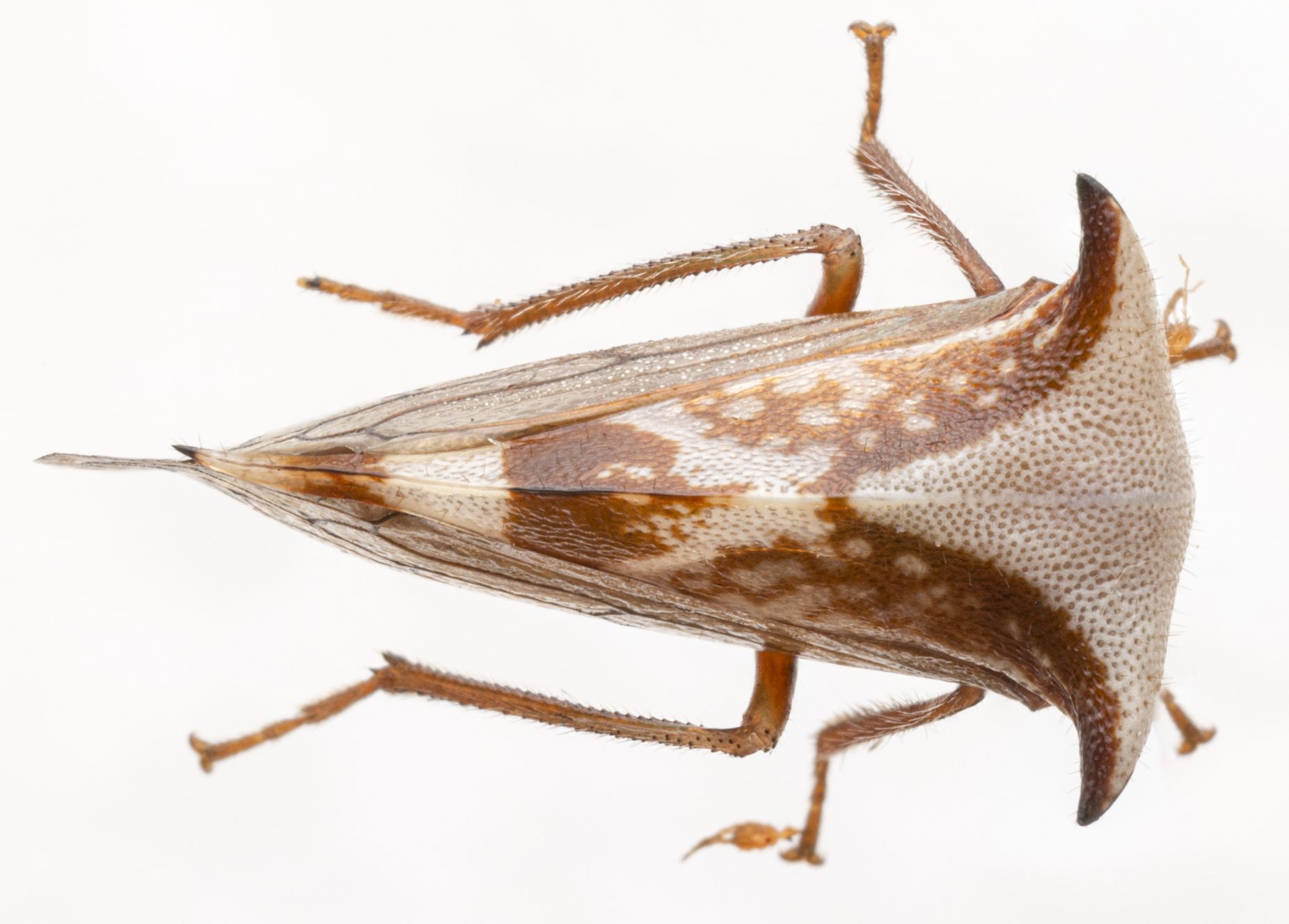
|
|
|
| synonym |
|
| description |
Scantily hairy on the pronotum, with one definite pale band near the posterior apex. The horns can be tipped with black, and the face, front, and superior surface of the pronotum are greenish or yellowish-white. The sides of the pronotum are pale ferruginous, becoming somewhat fuscous posteriorly; they are irrorate with pale markings. There is sometimes an oblique median line on the sides of the pronotum. The legs and underside are ferruginous, with the femora darker. The pregenital sternite in the females is a little oblique and rounded to the triangular median notch. The wings are mostly hyaline and are not smoky brown, with the nervures ferruginous. Adults are 8 to 9 mm. (Kopp & Yonke, 1973)
For more images of this species, see: BG. |
| distribution |
Eastern North America, where it is uncommon and infrequently encountered (BG). |
| abundance |
Rare, recently recorded from the upper Piedmont; likely more present in the state and just under-collected. |
| seasonal_occurrence | |
| habitat |
|
| plant associates |
Has been found in the state (and known to occur on) on hazel/American hazelnut (Corylus americanus); reported also from viburnum, blackberry, raspberry, white sweetclover, American elm, choke cherry, golden rod, prickly ash, red oak, and northern pin oak (Kopp & Yonke, 1973). |
| behavior |
|
| comments |
This species is most similar to Stictocephala diceros, but tends to be less bold in color with softer brown colors compared to diceros, the sides of the pronotal crest tend to be largely brown compared to having prominent pale areas in diceros. The pronotum is also scantily hairy in albescens but highly pubescent in diceros (Kopp & Yonke, 1973). Additionally, the horns in albescens may be more recurved, and the nymphs supposedly differ: in diceros, they have longer processes on the body that recurve at the tips (BG). |
status |
[Native:]
[Introduced:]
[Extirpated:] | | list_type |
[Official:]
[Provisional:] |
| adult_id | Unmistakable and widely known Identifiable from good quality photos of unworn specimens
Identifiable from photos showing undersides, or other specialized views [e.g., legs, face]
Identifiable only by close inspection of structural features or by DNA analysis NULL |
| nymph_id | Unmistakable and widely known Identifiable from good quality photos, especially where associated with known host plants
Identifiable from close inspection of specimens or by DNA analysis
Identifiable only through rearing to adulthood NULL |
| G_rank |
|
| S_rank |
|
| rank_comments |
|
| tribe |
Ceresini |
| subgenus |
|
Species Photo Gallery for Stictocephala albescens No Common Name |
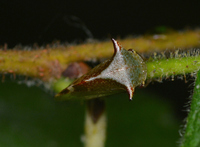 | Photo by: Robby Deans
Forsyth Co.
Comment: unid_treehopper | 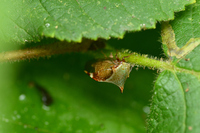 | Photo by: Robby Deans
Forsyth Co.
Comment: unid_treehopper |
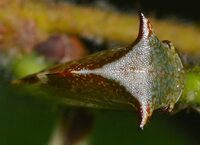 | Photo by: Robby Deans
Forsyth Co.
Comment: state record | 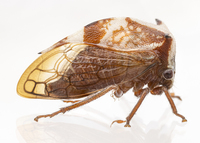 | Photo by: Solomon Hendrix
Out Of State Co.
Comment: female; https://www.inaturalist.org/observations/234463880 |
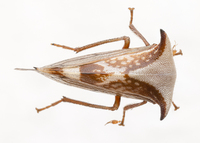 | Photo by: Solomon Hendrix
Out Of State Co.
Comment: female; https://www.inaturalist.org/observations/234463880 |  | Photo by: Solomon Hendrix
Out Of State Co.
Comment: female; https://www.inaturalist.org/observations/234463880 |
 | Photo by: Solomon Hendrix
Out Of State Co.
Comment: female; https://www.inaturalist.org/observations/234463880 | 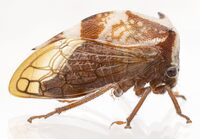 | Photo by: Solomon Hendrix
Out Of State Co.
Comment: female; https://www.inaturalist.org/observations/234463880 |
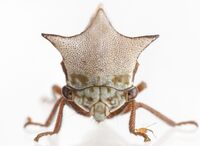 | Photo by: Solomon Hendrix
Out Of State Co.
Comment: female; https://www.inaturalist.org/observations/234463880 | 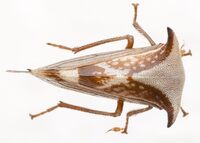 | Photo by: Solomon Hendrix
Out Of State Co.
Comment: female; https://www.inaturalist.org/observations/234463880 |
|

 »
»
